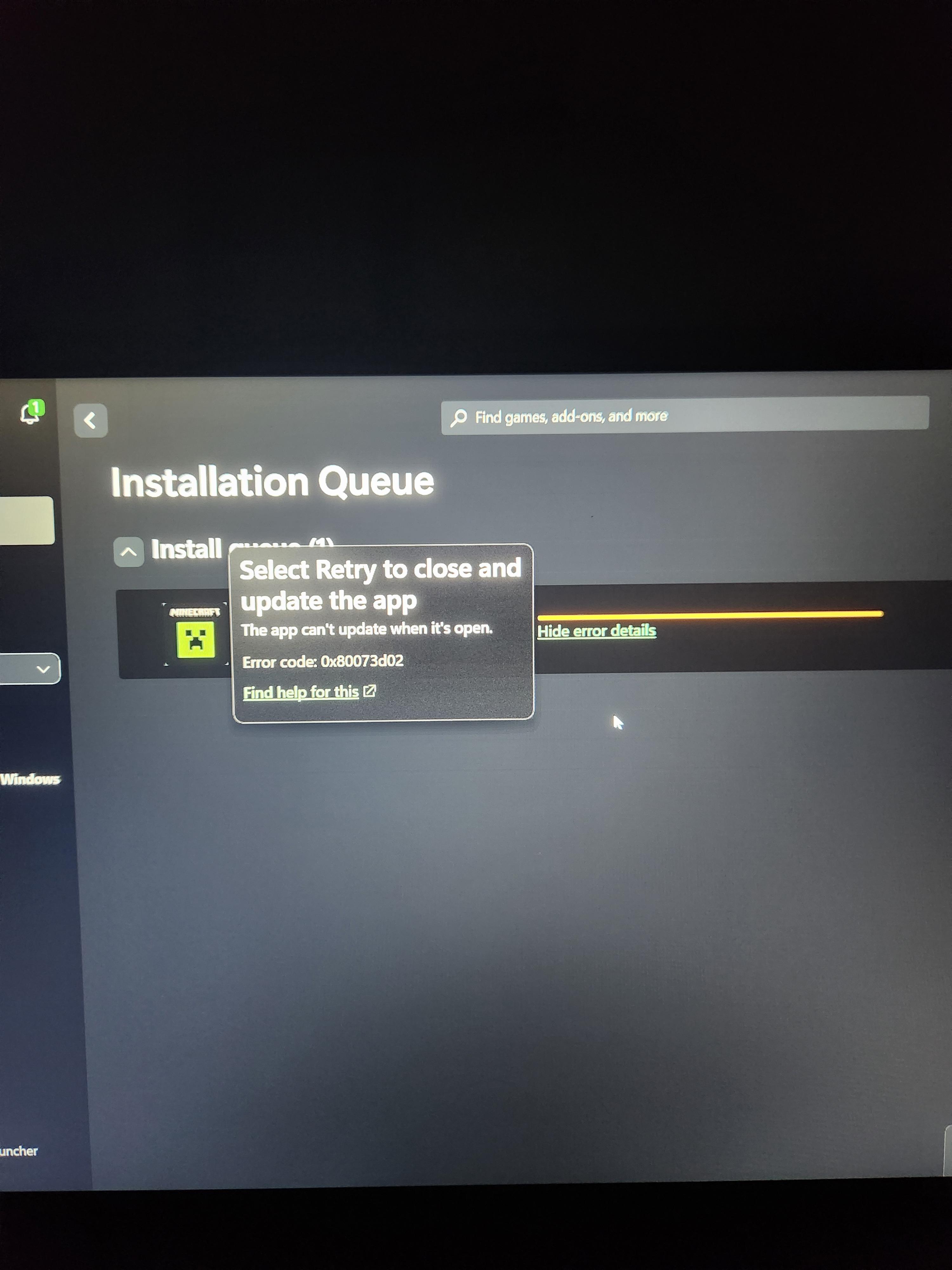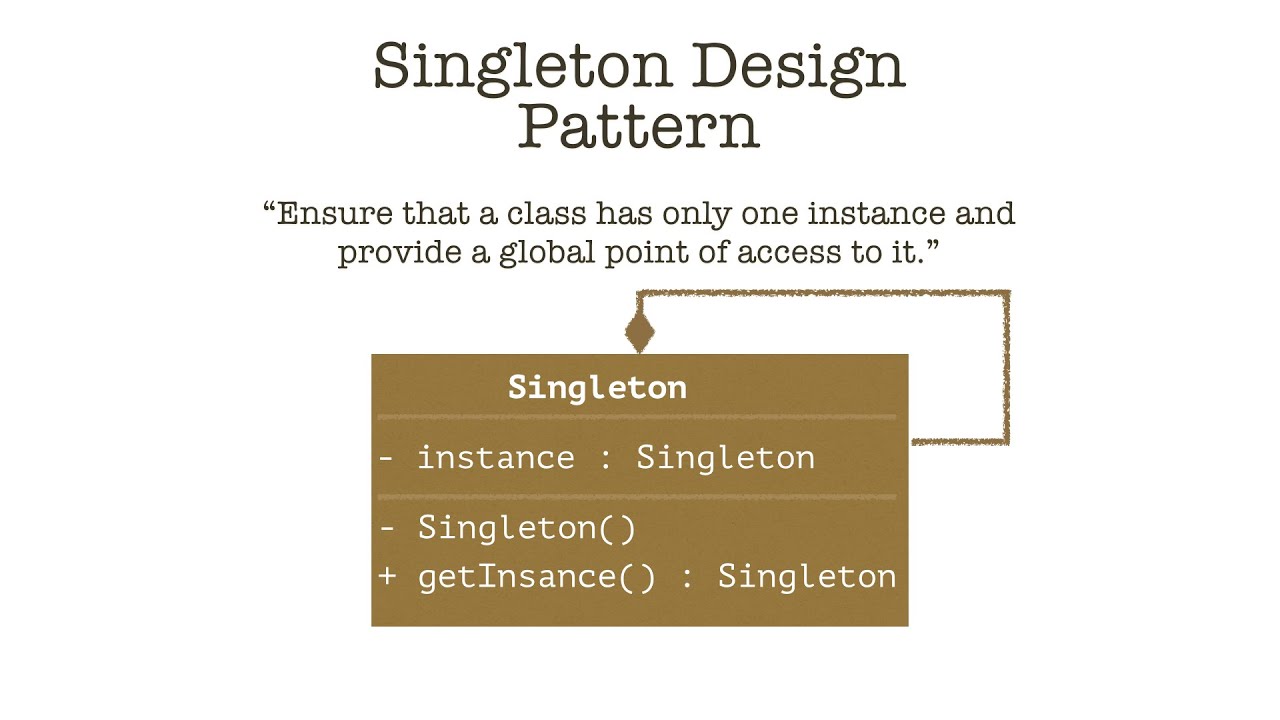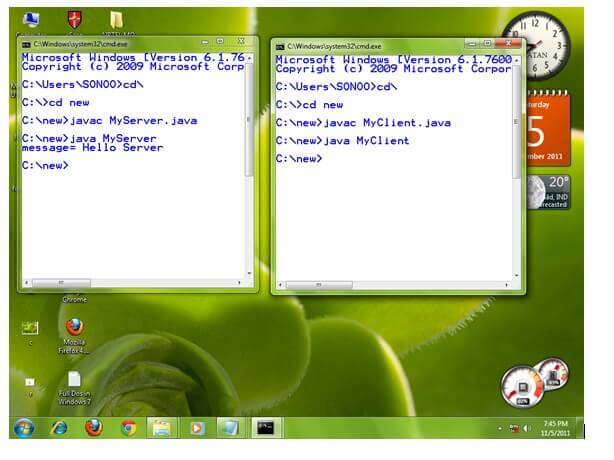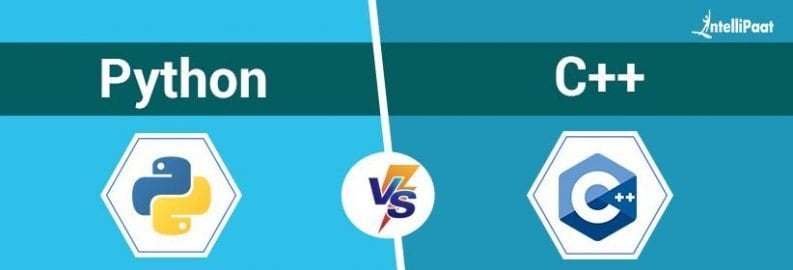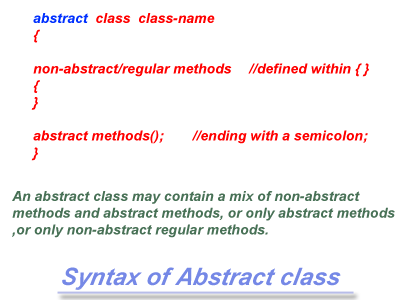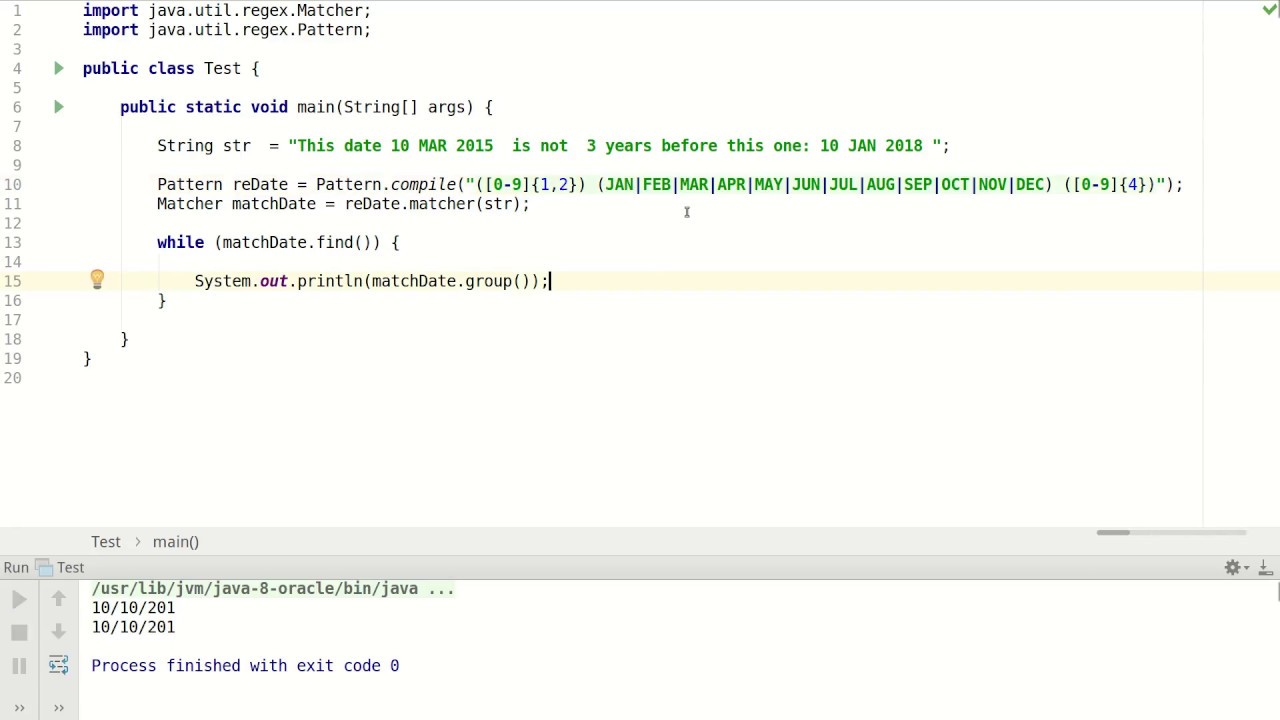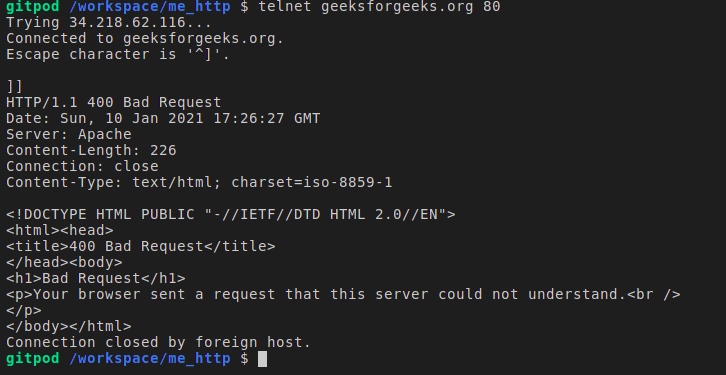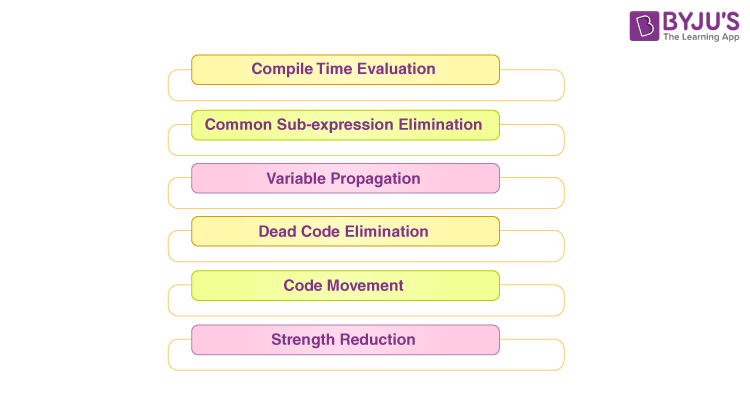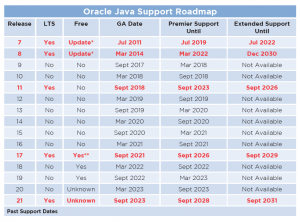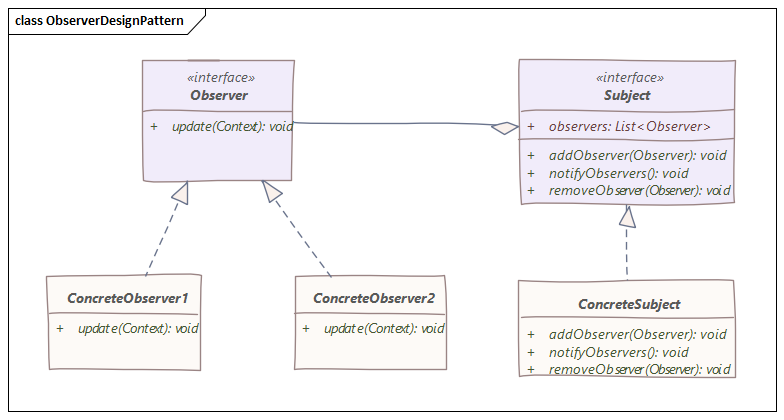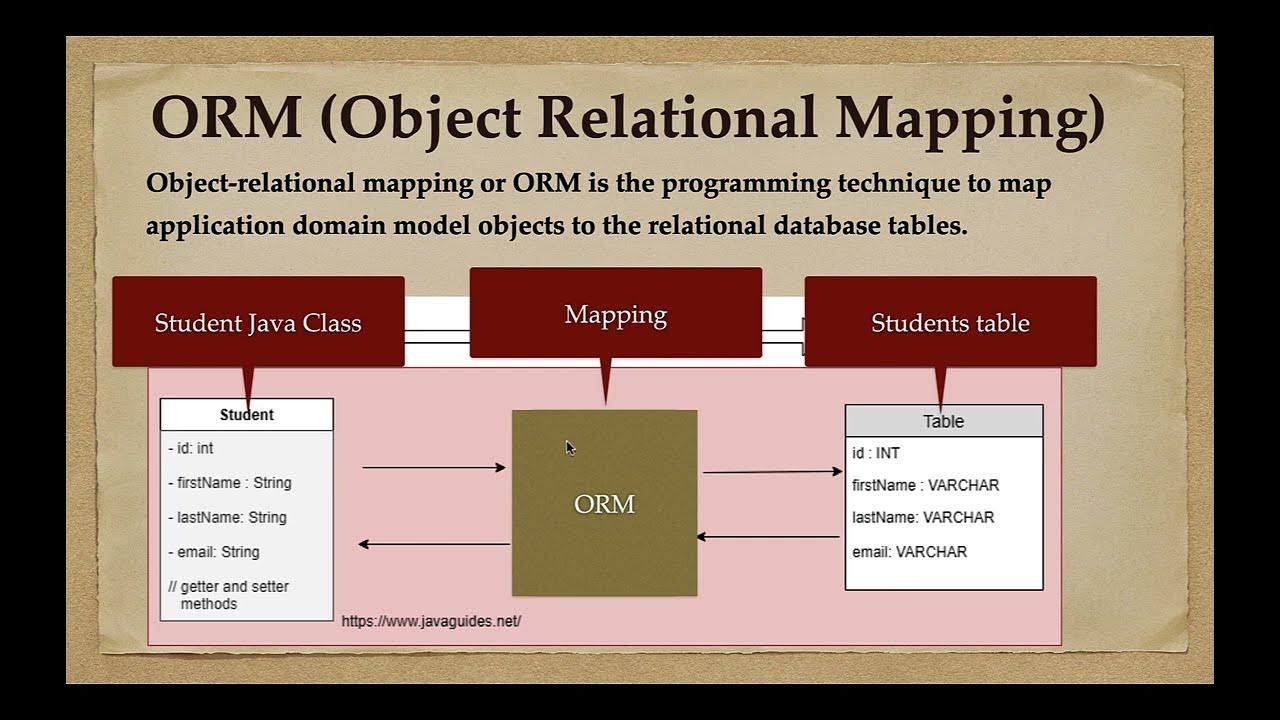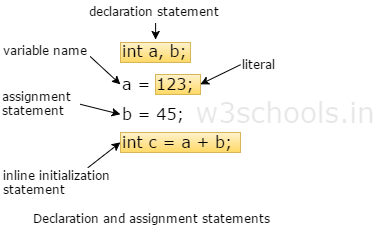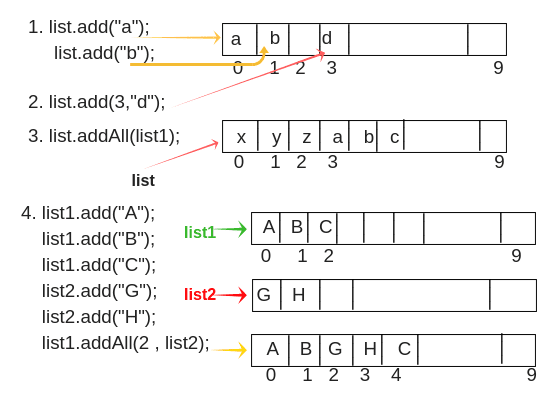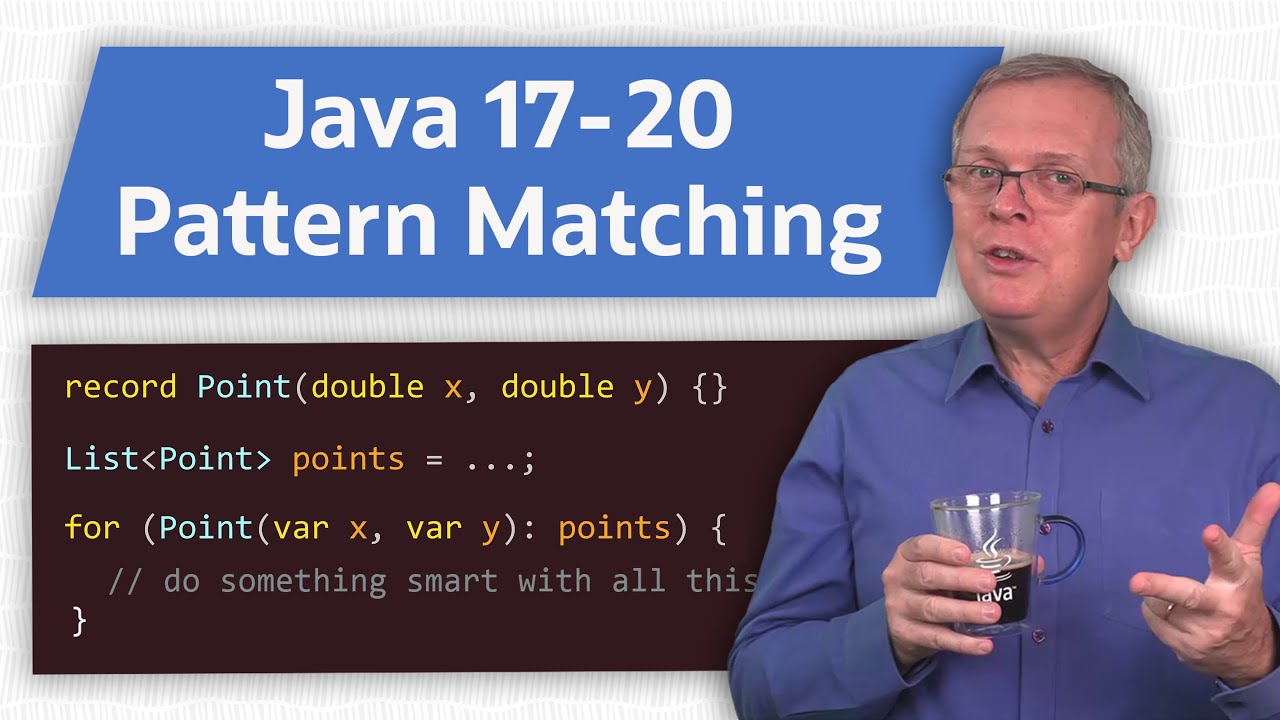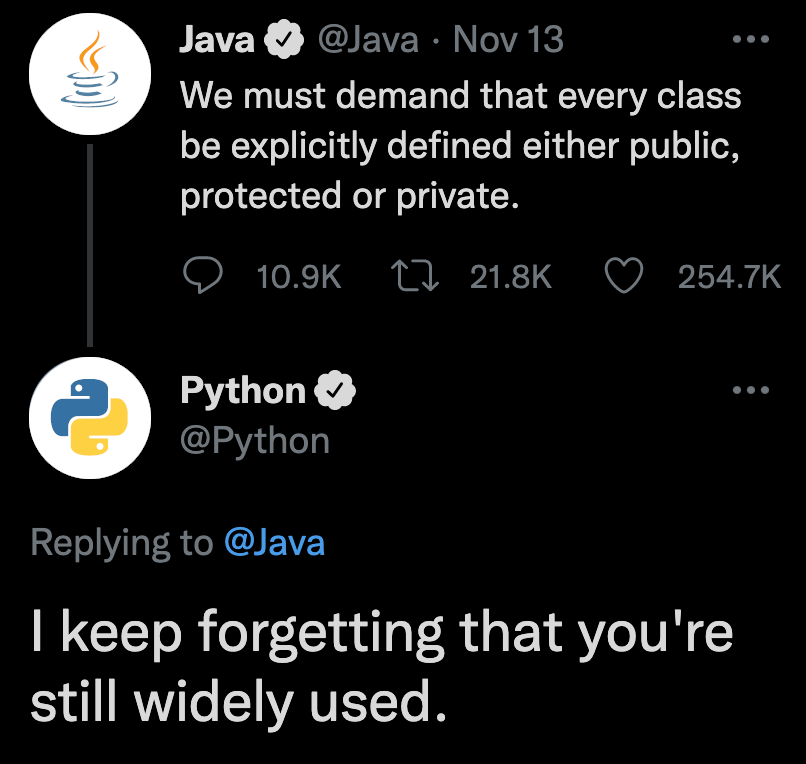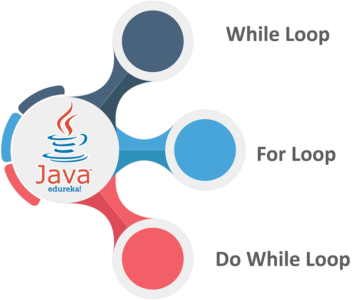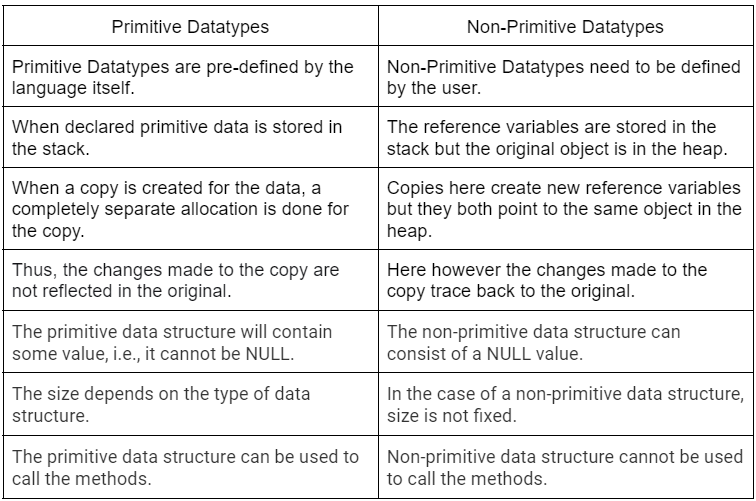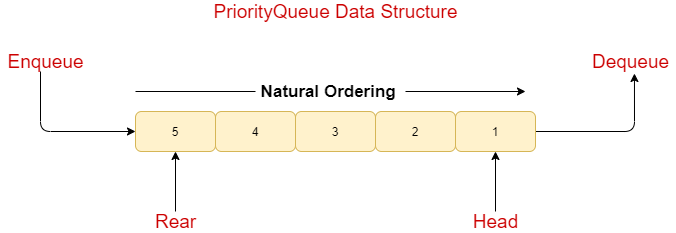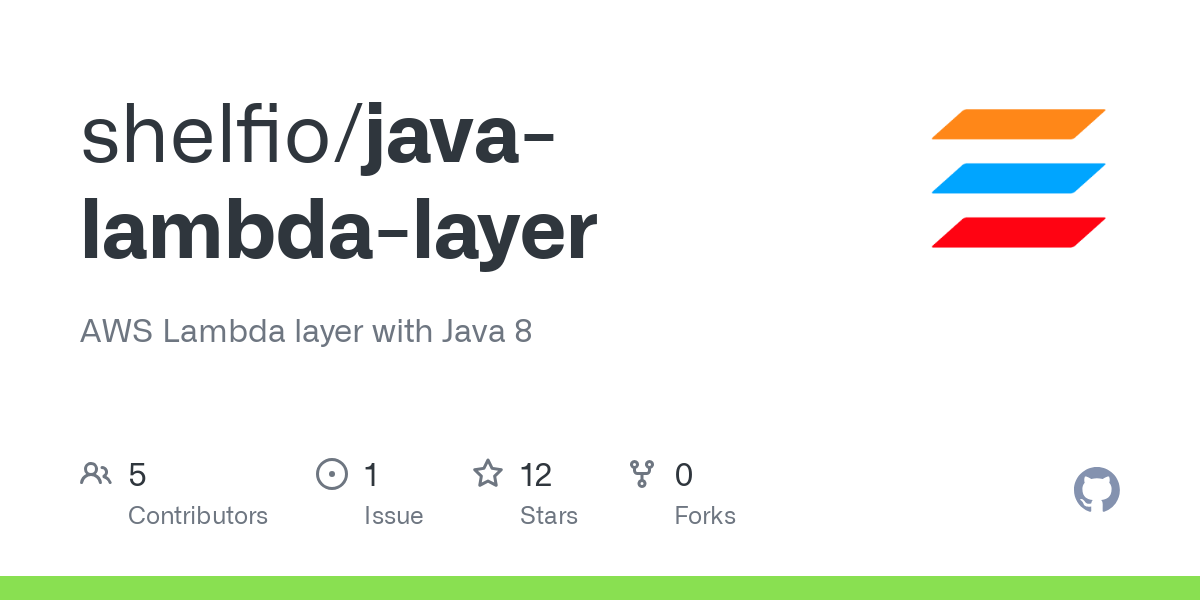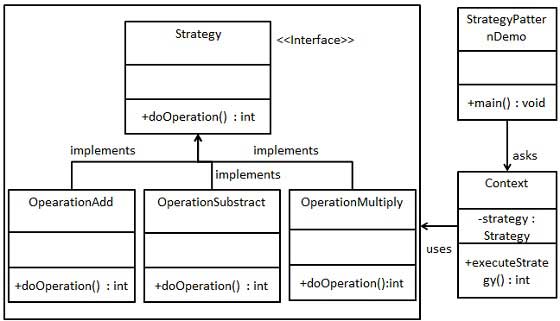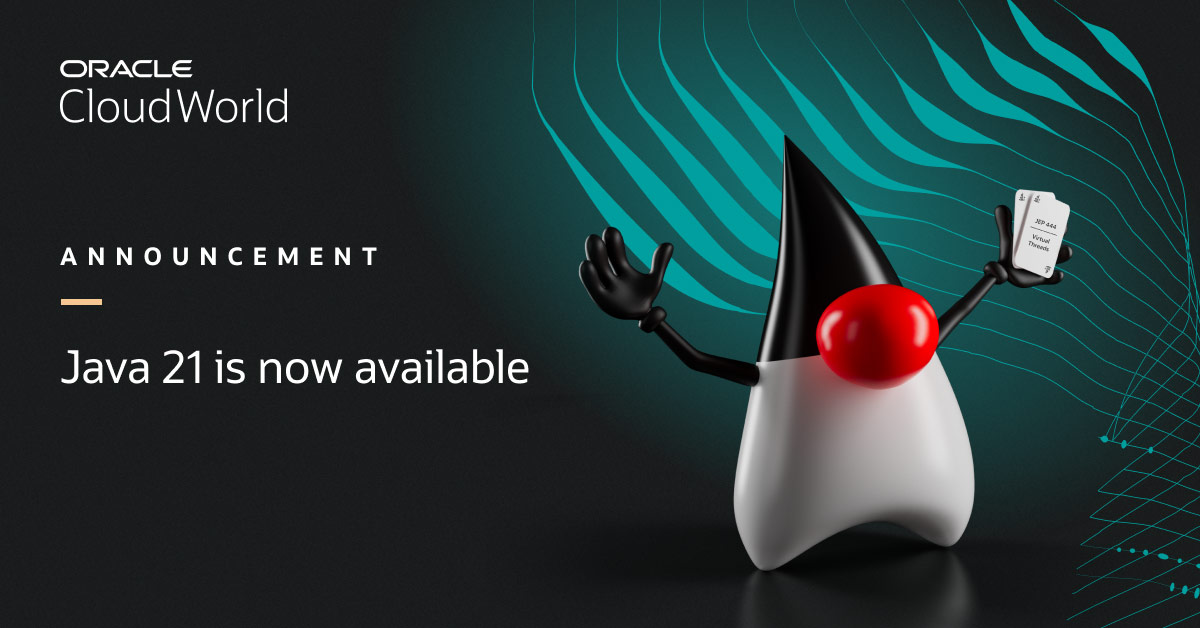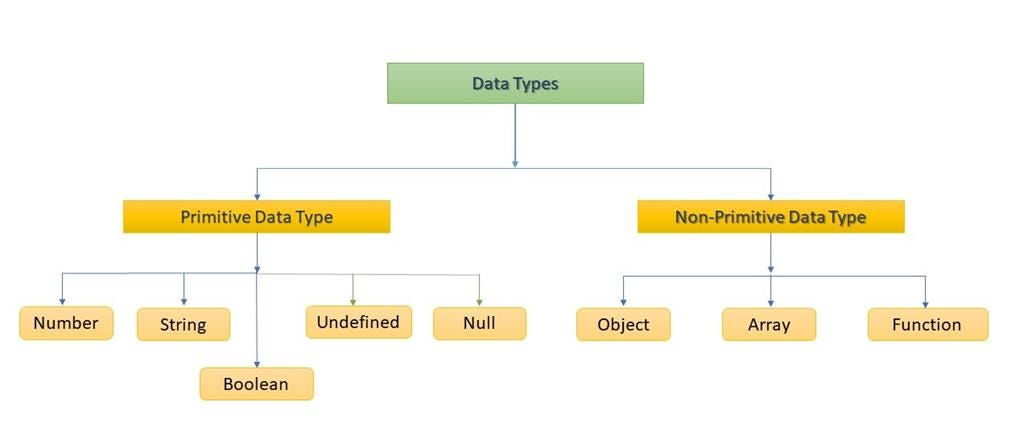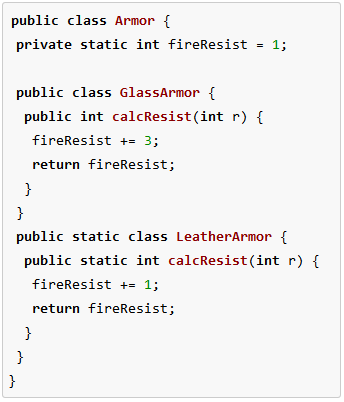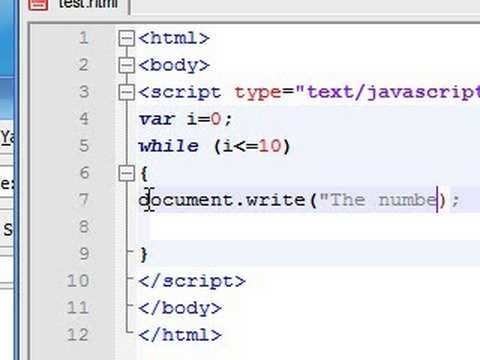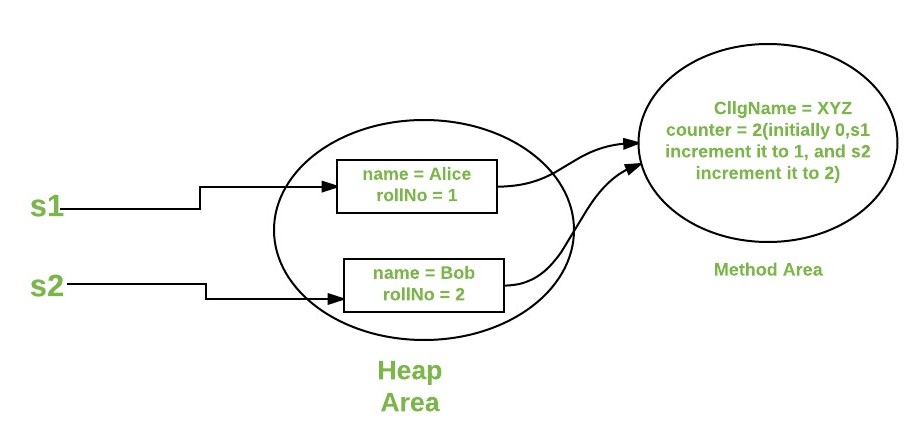Is Java Spring Boot backend or frontend?
Is Java Spring Boot backend or frontend?
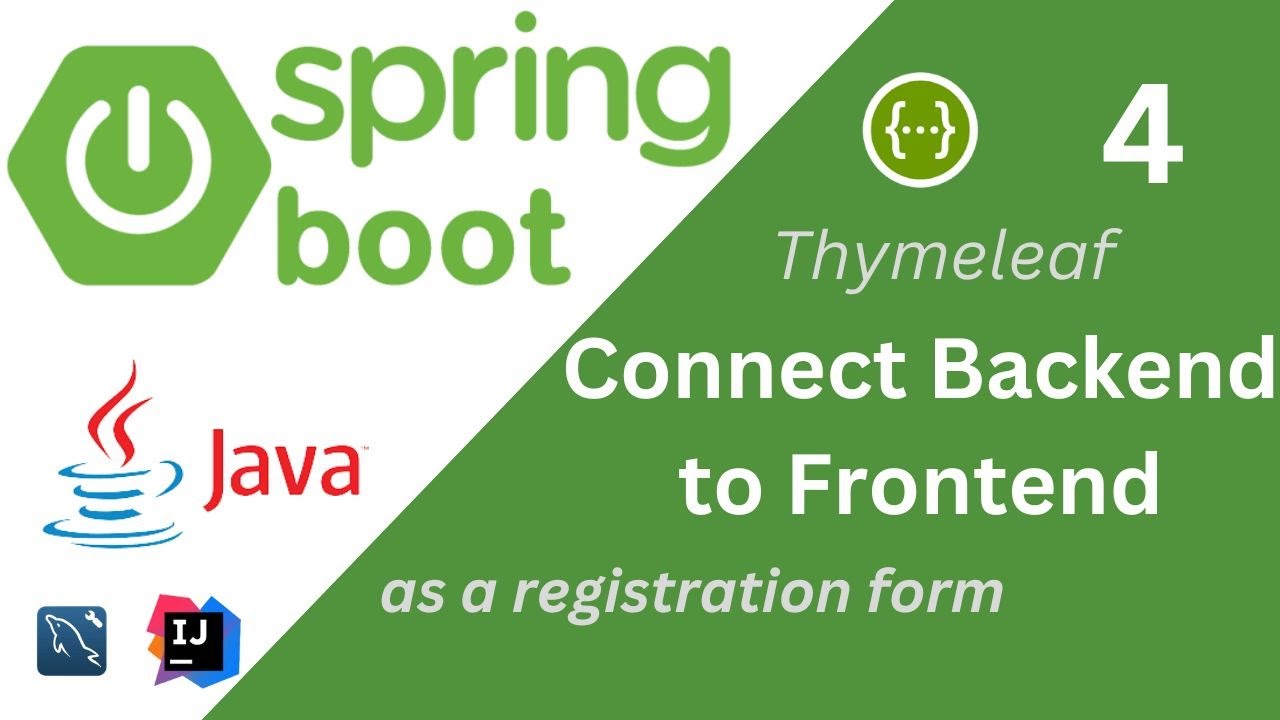
Java is a popular programming language and framework that can be used for both building back-end and front-end applications.
Back-End:
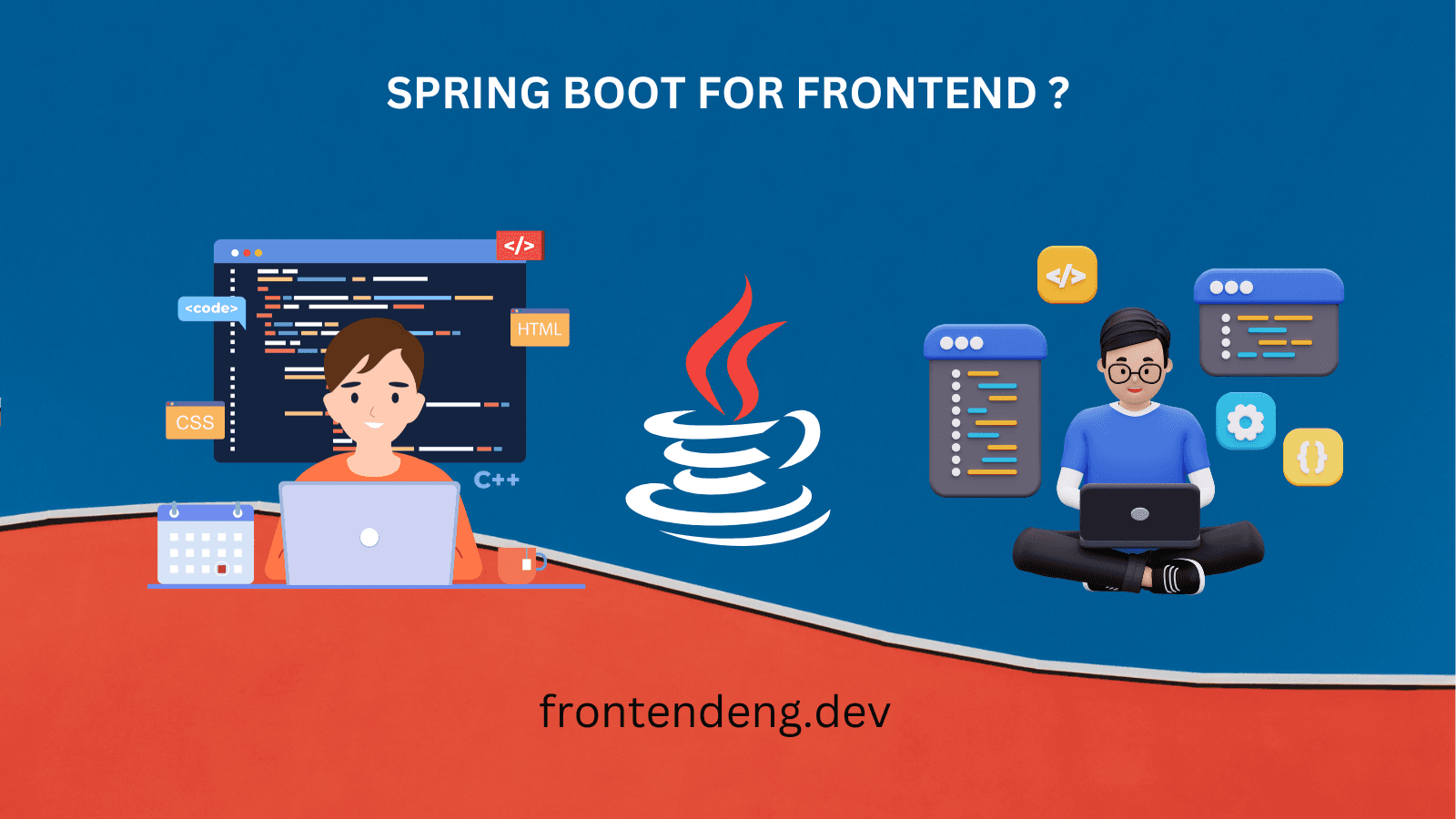
In the context of web development, the term "back-end" refers to the server-side logic, database integration, and API connectivity. Java Spring Boot is an excellent choice for building robust and scalable back-end applications. Here's why:
MVC Framework: Spring Boot is built on top of the Model-View-Controller (MVC) pattern, which separates concerns between the application logic, presentation layer, and business rules. This makes it easy to manage complex data flows and handle requests and responses efficiently. Dependency Injection: Spring Boot uses Dependency Injection (DI) to manage dependencies between objects. This allows for loose coupling between components and promotes modular design, making it easier to maintain and extend your application. RESTful APIs: Java Spring Boot provides excellent support for building RESTful APIs, which are crucial for modern web applications. You can use the @RestController annotation to create a REST controller and handle HTTP requests and responses using annotations like @GetMapping, @PostMapping, etc. Database Integration: Spring Boot offers seamless integration with various databases, including relational databases (e.g., MySQL) and NoSQL databases (e.g., MongoDB). You can use the JdbcTemplate or the Spring Data module to interact with your database.Front-End:
On the other hand, when it comes to building front-end applications, Java is not as popular as JavaScript-based technologies like React, Angular, or Vue.js. However, you can still use Java for front-end development by leveraging frameworks like Vaadin or PrimeFaces.
Vaadin: Vaadin is a Java-based web framework that provides a comprehensive set of tools and libraries for building web applications with a rich user interface. You can use Vaadin to create interactive and responsive web pages using Java. PrimeFaces: PrimeFaces is another popular JavaScript-free framework that enables you to build complex, feature-rich web applications with Java. It provides a range of UI components and APIs for handling events, data binding, and more.In conclusion, Java Spring Boot is an excellent choice for building robust back-end applications, while Vaadin or PrimeFaces can be used for front-end development. However, it's essential to note that the JavaScript ecosystem has become extremely popular and widespread in the world of web development, making it a more common choice for front-end projects.
Hope this answers your question!
What is difference between Spring Boot and Java?
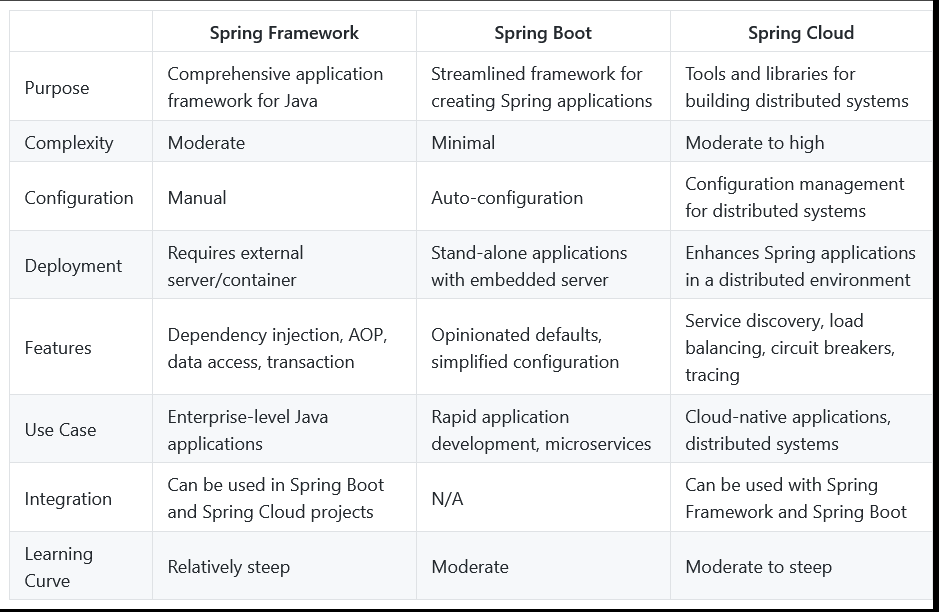
Spring Boot is a sub-project of the larger Spring ecosystem, which means it is built on top of the Java programming language. In fact, Spring Boot leverages the strengths of Java to provide a powerful and flexible framework for building web applications. So, what's the difference between Spring Boot and Java itself?
Java is a programming language that provides a robust foundation for building a wide range of software applications, from small scripts to large-scale enterprise systems. It is known for its platform independence, strong security features, and vast ecosystem of libraries and frameworks.
Spring Boot, on the other hand, is a specific framework built on top of Java that enables developers to create web applications quickly and efficiently. Spring Boot is designed to simplify the development process by providing a set of default configurations and auto-configuration features that eliminate the need for manual setup and configuration.
Key differences between Spring Boot and Java:
Purpose: Java is a programming language, while Spring Boot is a framework built on top of Java.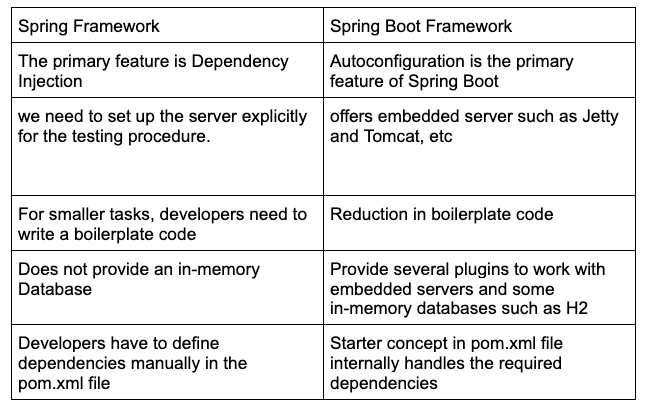
When to use Java:
Building large-scale enterprise systems that require strong scalability and performance. Developing desktop applications or mobile apps using Java-based technologies like Swing or Android. Creating complex algorithms or simulations where Java's platform independence is a major advantage.When to use Spring Boot:
Building web applications, especially microservices-based architectures. Simplifying the development process for RESTful APIs and web services. Creating cloud-native applications that require low-level control over infrastructure and scalability.In summary, while both Java and Spring Boot share some similarities, they have distinct differences in terms of purpose, focus, configuration, default settings, dependency management, security, and ecosystem. Depending on the specific needs of your project, you may choose to use Java for building large-scale enterprise systems or complex algorithms, or you may opt for Spring Boot for rapid development of web applications with strong scalability and performance requirements.
